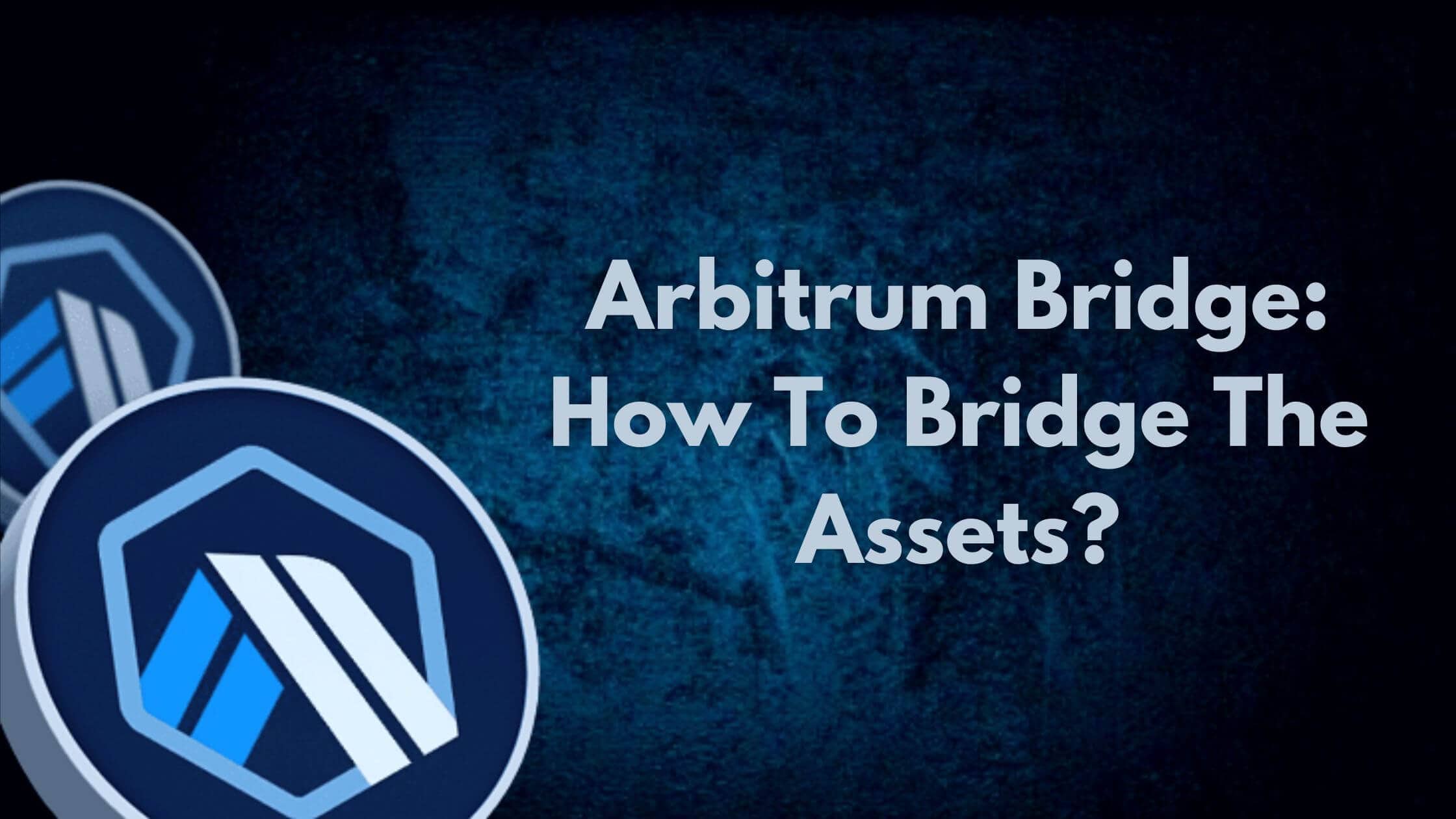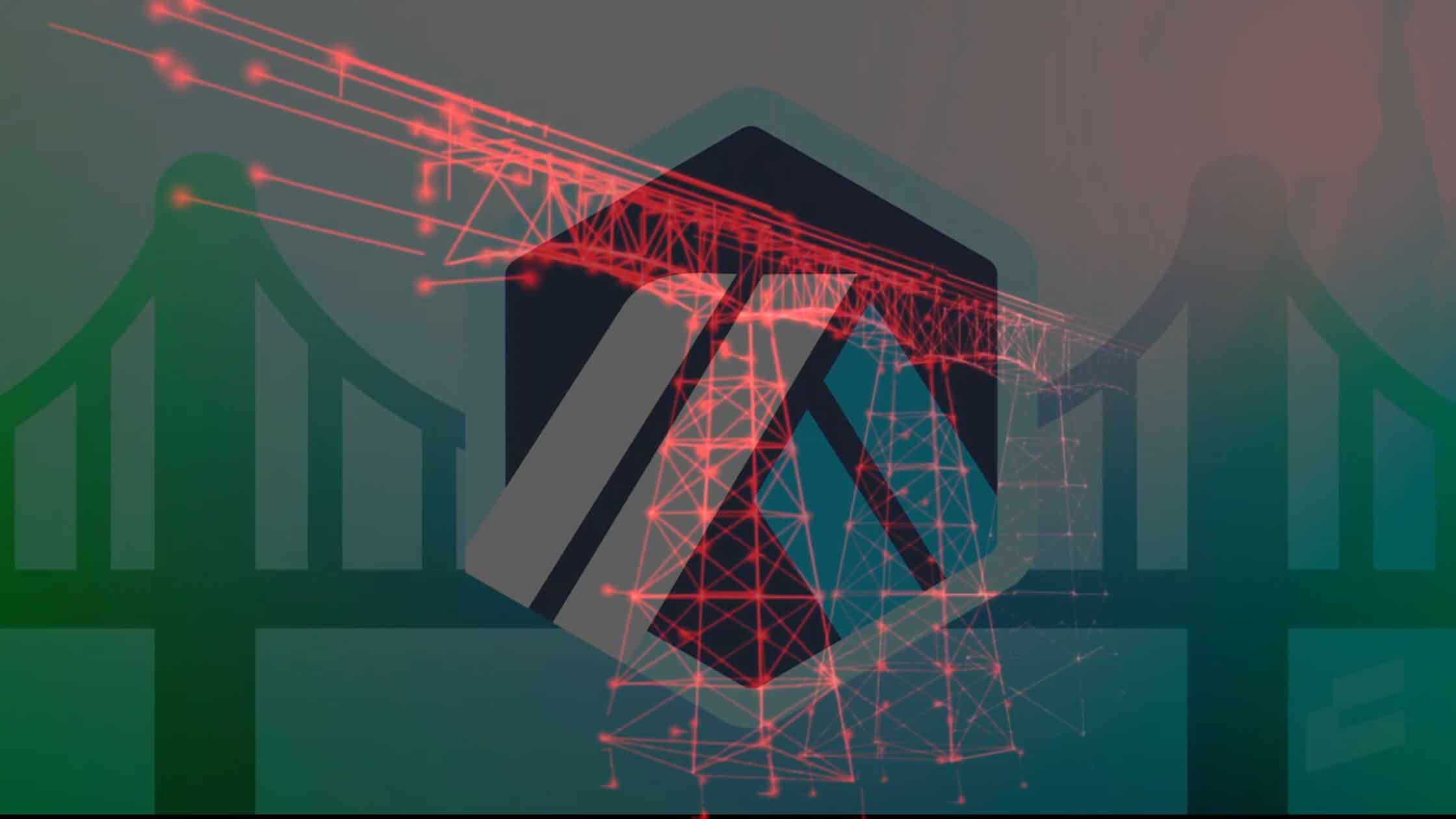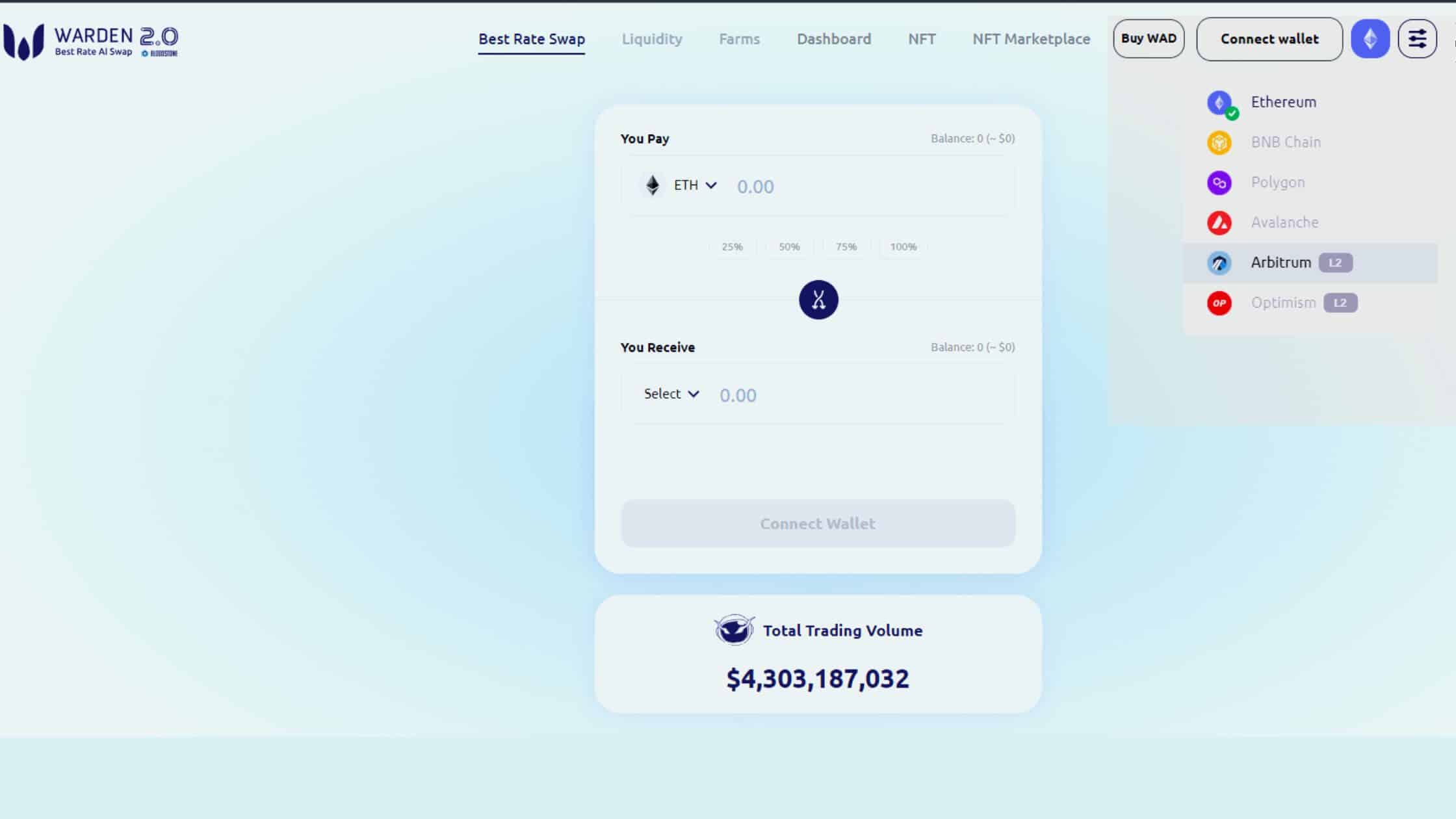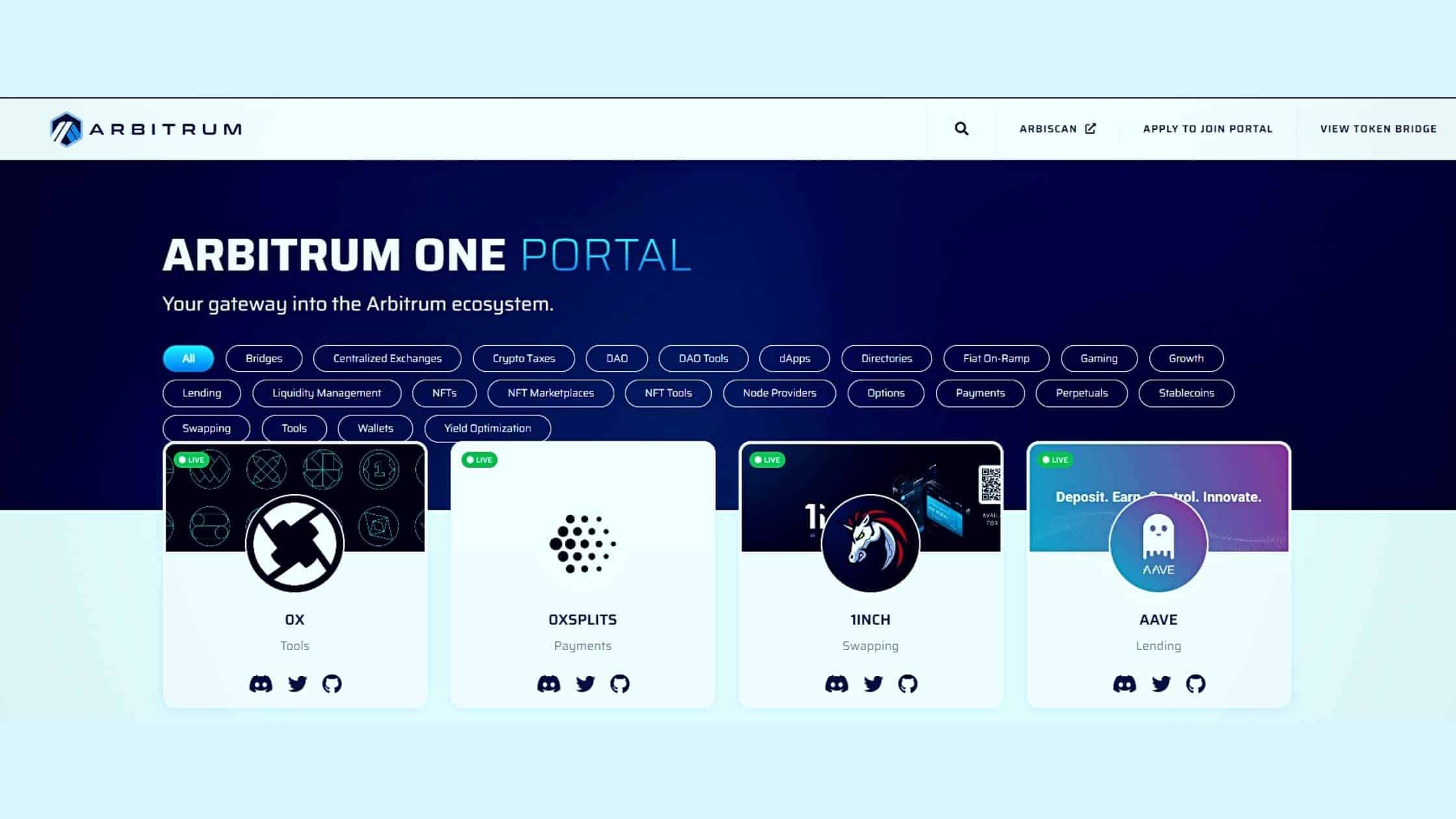Finance
Arbitrum Bridge: How To Bridge The Assets?

The demand for creating crypto projects on the Ethereum network has increased highly in recent years. As a result, Ethereum faces many network congestion issues that slow the transaction speed and increase network gas prices. Layer 2 scaling solutions fix these issues faced by Ethereum.
Arbitrum is one of the most used layer-2 scaling solutions based on the Ethereum network. The Arbitrum network and its ‘Arbitrum bridge’ helps solve the conventional Ethereum issues.
First, let’s get to know about Arbitrum.
About Arbitrum
Ethereum is the most popular blockchain network for building decentralized applications (DApps). Crypto projects widely rely on Ethereum to deploy their smart contacts.
Apart from DApps, programmers use these smart contracts to develop NFTs, lending protocols, and decentralized exchanges. However, Ethereum’s network congestion results in slow speed and high gas fees. In this case, Arbitrum comes to rescue Ethereum.

Arbitrum is a major layer-2 scaling solution developed for the Ethereum blockchain. This scaling solution aims to achieve faster throughput with a reduced gas fee.
Arbitrum can create a maximum of 40,000 Transactions per second (TPS). This impressive speed will help in the massive scaling of projects based on the Ethereum smart contracts.
Arbitrum uses optimistic roll-up technology for its scaling process. These rollups allow the transactions to execute on the Arbitrum network. In addition, the output data will get recorded on the Ethereum mainnet. This process is crucial in reducing the network congestion on the Ethereum network.
The usage of Arbitrum also helps to reduce transaction fees a lot. For example, to send 1 ETH using the Ethereum network costs $0.53, whereas Arbitrum costs just $0.05. This huge fee difference is also visible during token swapping.
It is essential to understand the components of this network.
Major Arbitrum Components
Four major components are essential for the functioning of an Arbitrum ecosystem. These are as follows:
Key
Key is a protocol member responsible for handling and transacting currency ownership. Here the user can consider the public key’s hash as an identification mark. Moreover, you can propose a transaction if interested. For this, you need to sign with the private key transactions.
Virtual Machine
Arbitrum virtual machines(VM) are a significant element in the protocol participation process. This VM acts like a virtual CPU to execute the deployed smart contracts. With the help of blockchain technology, Arbitrum VM can borrow storage, memory, and CPU from different nodes.
Manager
Here the manager refers to one who manages the above-mentioned Virtual Machine. This person will be solely responsible for keeping track of and recording the progress in a VM. Also, the manager should verify the proper functioning of the VM as per the instructions.
Verifier
As the name indicates, the verifier is responsible for evaluating the validity of blockchain transactions. In Arbitrum, the verifier can consist of a distributed protocol or a universal institution.
Steps To Bridge Arbitrum
Arbitrum bridging transfers ETH or ERC-20 tokens from the Ethereum main net network to the Arbitrum network. For example, this method transfers tokens from layer 1 (L1) to layer 2 (L2).
As we have mentioned, Arbitrum aims to increase the scalability of Ethereum. So, follow the steps below to transfer ETH tokens from L1 to L2.
Step1: Choose ‘Arbitrum One’ Network
- Visit the WardenSwap website.
- Then select Arbitrum as your preferred network. You can find the network selection option on ‘Chain’s logo.’ You can find this logo on the top right corner of the WardenSwap website.
- Next, connect your crypto wallet with the WardenSwap platform. The wallets supported by this platform include MetaMask, Trust Wallet, WalletConnect, and Coinbase Wallet.
- Finally, approve the selected network on your connected wallet.

After these steps, your wallet displays’ Arbitrum’ as your connected network. Now follow the second step to bridge ETH tokens.
Step 2: Bridge ETH (L1 to L2)
- Visit bridge.arbitrum.io.
- Connect your wallet. Load your wallet with enough ETH tokens required to bridge.
- Choose the ETH/ERC-20 tokens that you need to bridge. You can either choose from the drop-down menu or paste the smart contract address of that particular token.
- Now, choose the amount of token you intend to bridge in the “L1” input field. Then, click “deposit.”
Once you complete all these steps, your connected wallet will receive the funds. The time taken for this transaction varies based on the network congestion.
Steps To Withdraw ETH/ ERC-20 Tokens
You can also withdraw your converted L2 tokens back to ETH/ ERC-20 Tokens. To do so, follow these steps
- Go to the WardenSwap website.
- Select ‘Arbitrum One’ as your network.
- Connect your wallet with the WardenSwap platform.
- Load your wallet with minimal ETH tokens. Using these tokens, you can pay for the transitions.
- Select the token you want to convert to L1 from the drop-down menu.
- Next, choose the amount of L1 tokens you wish to bridge.
- Click “withdraw.”
- Finally, click “claim.”

Once you complete all these steps, your connected wallet receives the L1 tokens. You can repeat this transfer process whenever required.
Popular Arbitrum Projects
The advantages provided by Arbitrum have resulted in the creation of numerous crypto projects on the Arbitrum network. The most popular projects are:
Sushiswap
This popular decentralized exchange allows users to swap, lend, and stake their tokens. You need to visit the Sushiswap platform, connect your wallet, and swap your tokens. The fee charged is also low compared to centralized exchanges.
Apart from Arbitrum, Sushiswap also supports networks like Polygon, Avalanche, and Fantom, to name a few.
Aave
Aave is a prominent lending and borrowing market on the Arbitrum network. Here, users can use various liquidity pools to earn interest on their assets.
Aave considers your crypto asset as collateral and lends it to a borrower. Finally, you’ll receive the interest.
Conclusion
Layer-2 scaling solutions offer a unique solution to the network issue faced by the Ethereum mainnet or layer-1. Arbitrum bridge is a convenient method that you can follow to convert your ETH or ERC-20 tokens to L2 tokens.
The token bridging feature will help you enjoy both layers’ benefits. Moreover, you will only need to spend a little on gas fees.
